Tales of Hinduism and its roots-Chapter 1
Hi steemitians, I am @kryptokiri and I’m going to talk about Hindu history, beliefs and culture.
Hinduism is the oldest living religion in the world and the third largest. More than one billion hindus live in 150 different countries, mostly in India. The united states alone is home to over 2 million hindus.
ORIGINS OF HINDUISM-Chapter 1
To find the distant beginnings of Hinduism we have to go back over 6000 years to the Saraswati-Indus region of Indian subcontinent. This vast area extents from Srilanka in the south to the Himalayan Mountains in the north, from the Arabian sea in the west to the bay of Bengal in the east.
The Saraswati-Indus civilization developed here, eventually becoming the world’s largest and most advanced surpassing even those of Egypt, Mesopotamia, China. The civilization is named after the area’s two great river system, The Saraswati and the Indus.
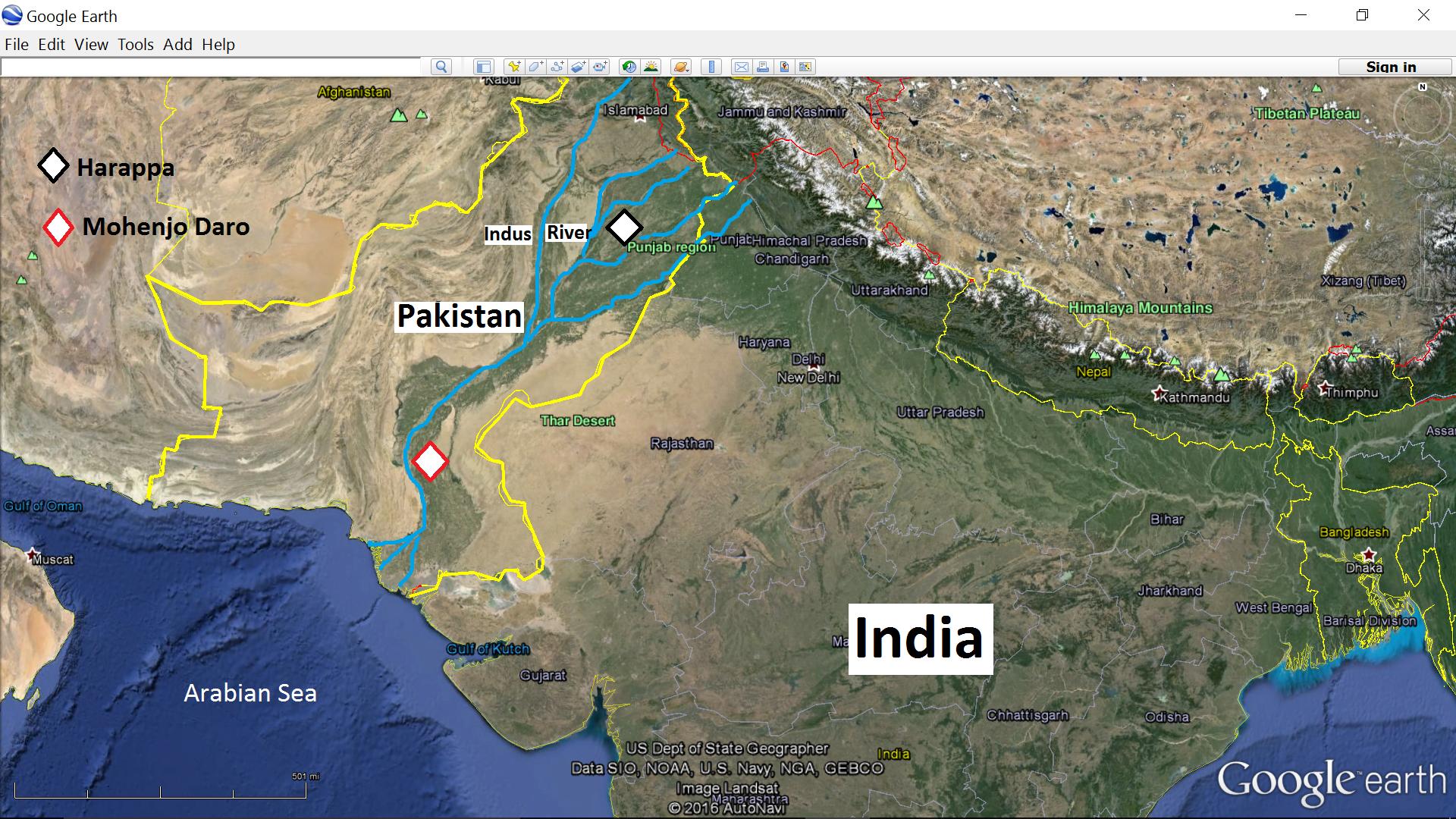
Image source
It is called the Vedic Culture after the earliest Hindu sacred text. It is also known as the Harappan culture,
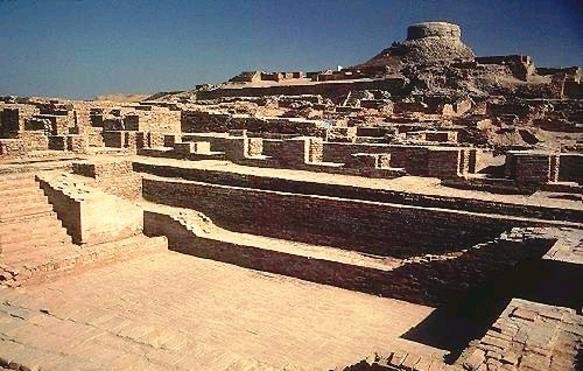
Image source
, after the site first discovery in 1920. This was an urban society centered around many highly organized cities, some with population of 80000, which rare in those days. The cities were connected by trade routes, which extended west to Mesopotamia, east to central Asia. Five thousands years later archeologist discovered pottery, seals, statues, beads, jewellery
tools, toys, miniatures carts and dices , all of which hint at what life was like at the source of civilization that has evolved into modern-day India. The flat stone seals have writing on them and images of deities, ceremonies symbols, peoples, plants, animals. Even though writing was widespread among the people, we have not deciphered it yet. From these artifacts we learn that certain religious and cultural practices were identical to those followed by Hindus today. One seal shows a meditating figure that scholars link to Lord shiva.
While others shows the lotus posture used today in hatha yoga.
Other discoveries connect the far past with today, including the Swastikas, statues of the mother goddess, worship of the shivalingam, fire altars that show the ceremonial practices of vedic people who were also known as Aryans, sacred baths, priests, sacred animals, and symbolism in the performing arts.
As the Saraswati-Indus culture declined when the river dried up around 2000BC., many people migrated to more fertile places in eastern and central India, especially along the river Ganga and also beyond the subcontinent.
Kindly up-vote, like and share and wait for my next article"Chapter 2" on the same topic. Thank you.
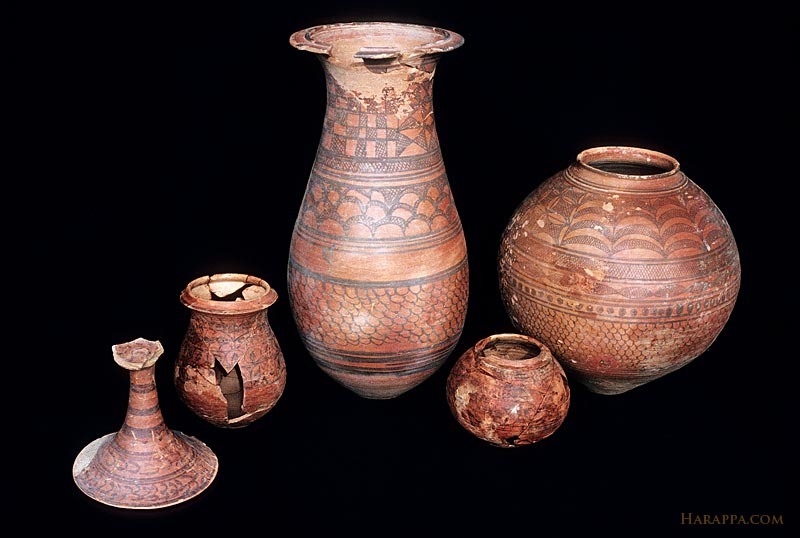
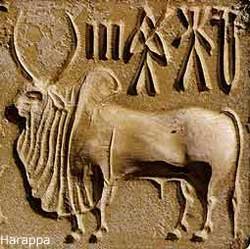
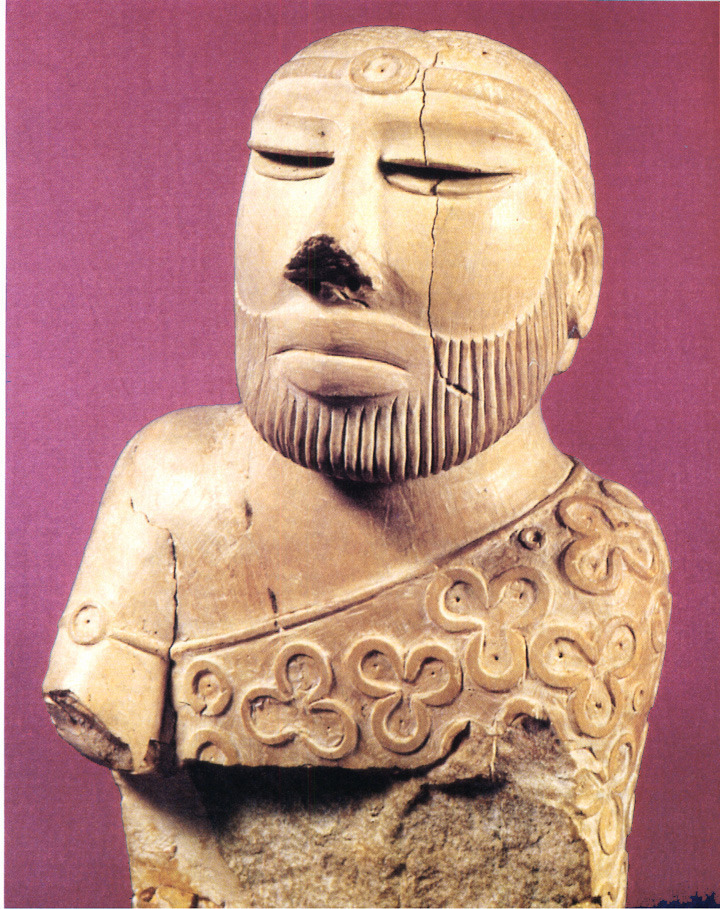
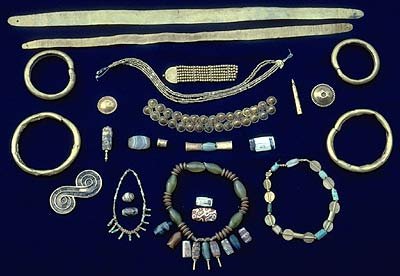
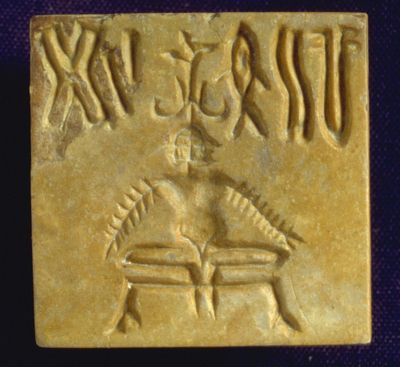

Almost you covered ancient era to Baba Ramdev Era. Good post youngsters keep it up. Upvoted.